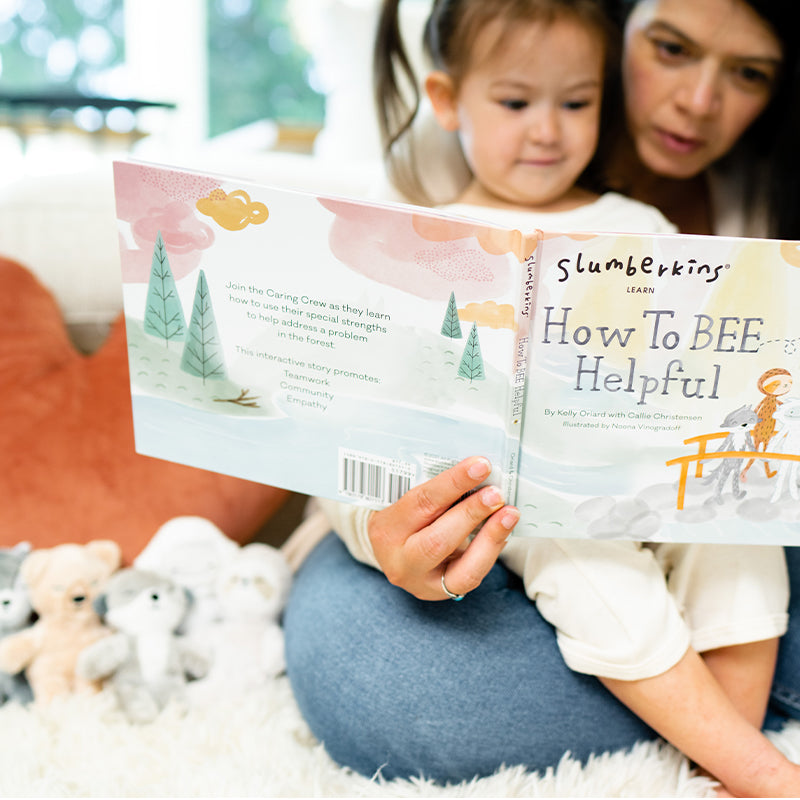Kids love to help. From baking cookies and washing the dog to assisting their younger siblings to put on a bandage, many children have a natural inclination to jump into the action and don that special title of Helper. While helping others often comes from an intention to do good, we can unintentionally do harm with our efforts to help others. But when we practice mindful helping, we reduce the risk of harm to others and promote respect, kindness, and empathy.
The 5 Key Factors of Mindful Helping
What is mindful helping, anyway, and why is it an important part of raising caring kids? We find the following five lessons helpful for teaching our little ones the best way to help others:
Tune into your heart. Kids are very perceptive and will often know when something is wrong and when someone may need help. As parents, we can strengthen and affirm their natural emotional intelligence and ability to check in with their heart when something is wrong. Having the emotional courage to listen inwardly is an important skill that we can teach and affirm.
Slow down and ask permission. Oftentimes when we notice that others are hurt or distressed, we rush to help or fix the problem. This quick reaction often leaves the person who needs care not feeling very cared for. We can teach our kids that before we spring into action, it’s important to slow down and ask if we can help first. Then, if our help is wanted, we can gather more information about how to help.
Find out the best way to help. Helping doesn’t have to be a one-size-fits-all approach. Not everyone wants to receive help in the same way. When we ask how we can help, we not only show respect for others, but we also maximize our intentional efforts to have the biggest positive impact.
Be aware of the why. We can teach our kids the importance of the reasons behind why we may offer help: if our motivations are to seek praise or to be viewed as heroes, that’s an important signal to step back and reassess. Our efforts to assist should always be about helping others in our families and communities. Of course it’s okay for helping to feel good, but it’s not great when it’s only about our own glorification.
Practice self care along the way. Helping others can be emotionally and physically demanding, depending on the situation. We can get so caught up in the helping process that we forget to take care of ourselves, which can lead to exhaustion and burnout. We can help our kids learn the importance of self care while caring for others. This demonstrates that we are worthy of love and care, and it also helps sustain our efforts to help others.
We can teach our kids that while wanting to be helpful is a wonderful thing, it’s important to offer our help in kind and respectful ways. Understanding the best way to help can take learning and practice, and it’s not always easy to slow down our automatic reactions. But when we practice conscious helping, we reduce the risk of harm to others and promote respect, kindness, and empathy.
If you’re interested in helping your children learn the art of mindful helping, cuddle up with our How to BEE Helpful Set and check out our book How to Bee Helpful, which tells the story of five friends who are on a journey to learn and practice these important concepts!






